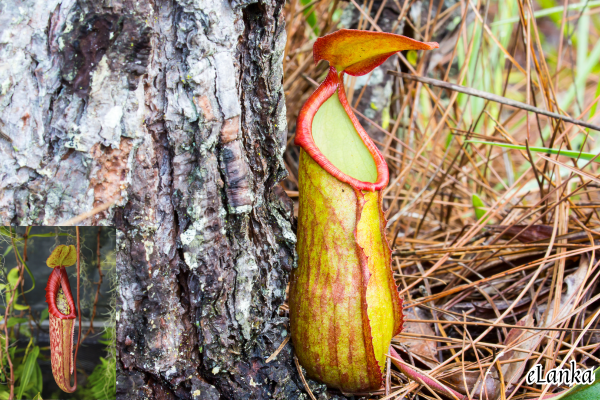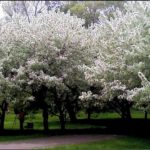The Enigmatic Nepenthes: Sri Lanka’s Mesmerizing “Badura” Plant – By Nadeeka – eLanka

The Nepenthes, locally known as “Badura” in Sri Lanka, is one of nature’s most fascinating creations. This carnivorous plant, revered for its unique pitcher-like structure, thrives in the tropical landscapes of Sri Lanka, capturing the imagination of botanists and nature enthusiasts alike. Let’s delve into the mysteries of this extraordinary plant and discover what makes it so remarkable.
A Carnivorous Wonder of Nature
Nepenthes belongs to a genus of carnivorous plants widely known as pitcher plants. Unlike conventional flora, these plants derive essential nutrients by trapping and digesting insects and other small organisms. The plant’s pitchers, which are actually modified leaves, serve as traps. These pitcher-shaped structures are filled with a digestive liquid that breaks down the prey, allowing the plant to absorb nutrients like nitrogen and phosphorus.
Native Habitats and Distribution
In Sri Lanka, Nepenthes thrives in specific ecological niches, such as wet lowland forests and montane regions. The plant favors acidic and nutrient-poor soils, making it a remarkable example of adaptation. These environments are predominantly found in areas like Sinharaja Forest Reserve and Knuckles Mountain Range.
Physical Characteristics
The Nepenthes plant is instantly recognizable by its stunning pitchers. These vibrant structures come in a variety of colors, ranging from green and yellow to deep reds and purples, often adorned with intricate patterns. The slippery inner walls of the pitcher prevent trapped prey from escaping, ensuring the plant receives its much-needed nutrients.
Cultural Significance in Sri Lanka
The Badura plant holds a special place in the biodiversity of Sri Lanka. Although it does not have a direct medicinal or culinary use, it plays a significant role in maintaining ecological balance by regulating insect populations. Furthermore, its captivating appearance makes it a popular subject in photography and botanical studies.
Threats and Conservation
Despite its remarkable adaptability, the Nepenthes plant faces several threats, primarily due to habitat loss caused by deforestation and agricultural expansion. Overcollection for ornamental purposes and illegal poaching also pose significant risks. Conservation efforts are crucial to preserving these plants, which are not only ecologically important but also an integral part of Sri Lanka’s natural heritage.
Fun Facts About Nepenthes (Badura)
- Insect Buffet: While it primarily feeds on insects, some larger Nepenthes species have been known to trap small vertebrates like frogs and mice.
- Natural Pest Control: Nepenthes plants can help reduce mosquito populations, acting as natural pest controllers in their habitats.
- Symbiotic Relationships: Some animals, such as tree shrews and bats, use the pitchers as a source of water or shelter, forming a mutualistic bond.
Protecting the Marvels of Nature
The Nepenthes, or Badura, is a striking reminder of nature’s ingenuity. Its carnivorous tendencies, coupled with its captivating appearance, make it one of the most extraordinary plants on Earth. To preserve these wonders for future generations, it is imperative to support conservation initiatives and promote sustainable practices in areas where these plants are found.























